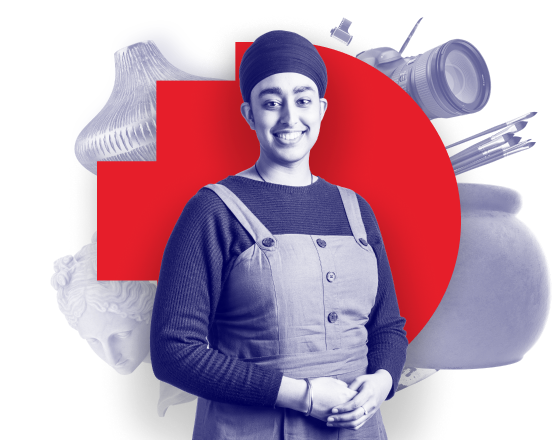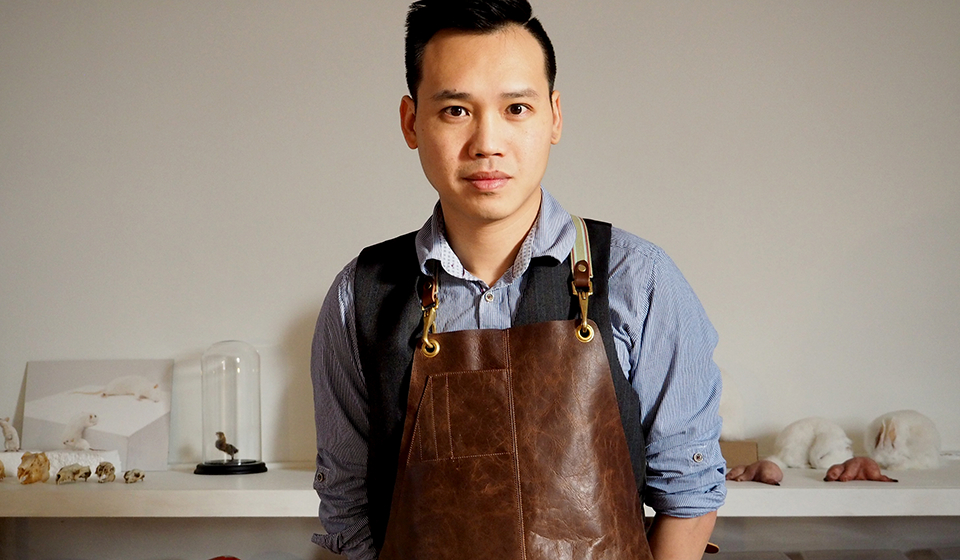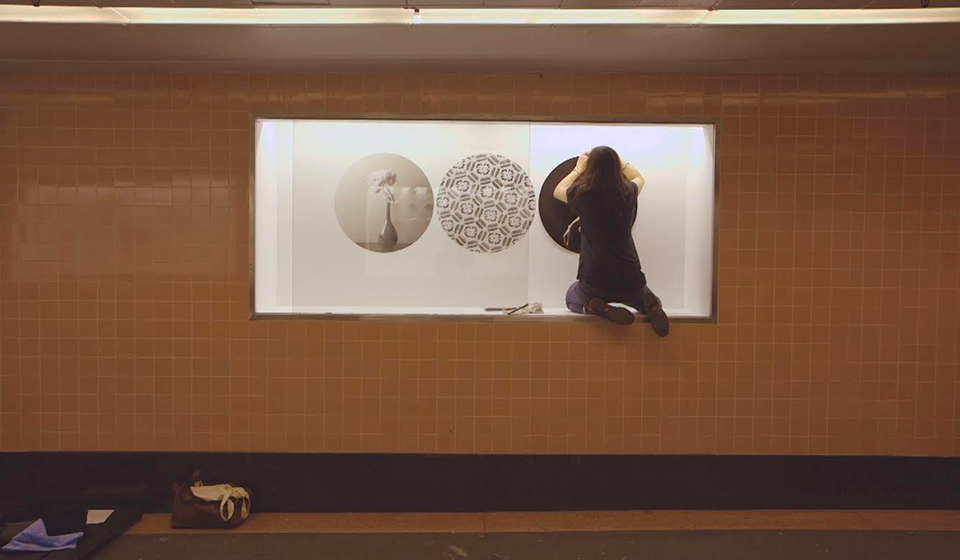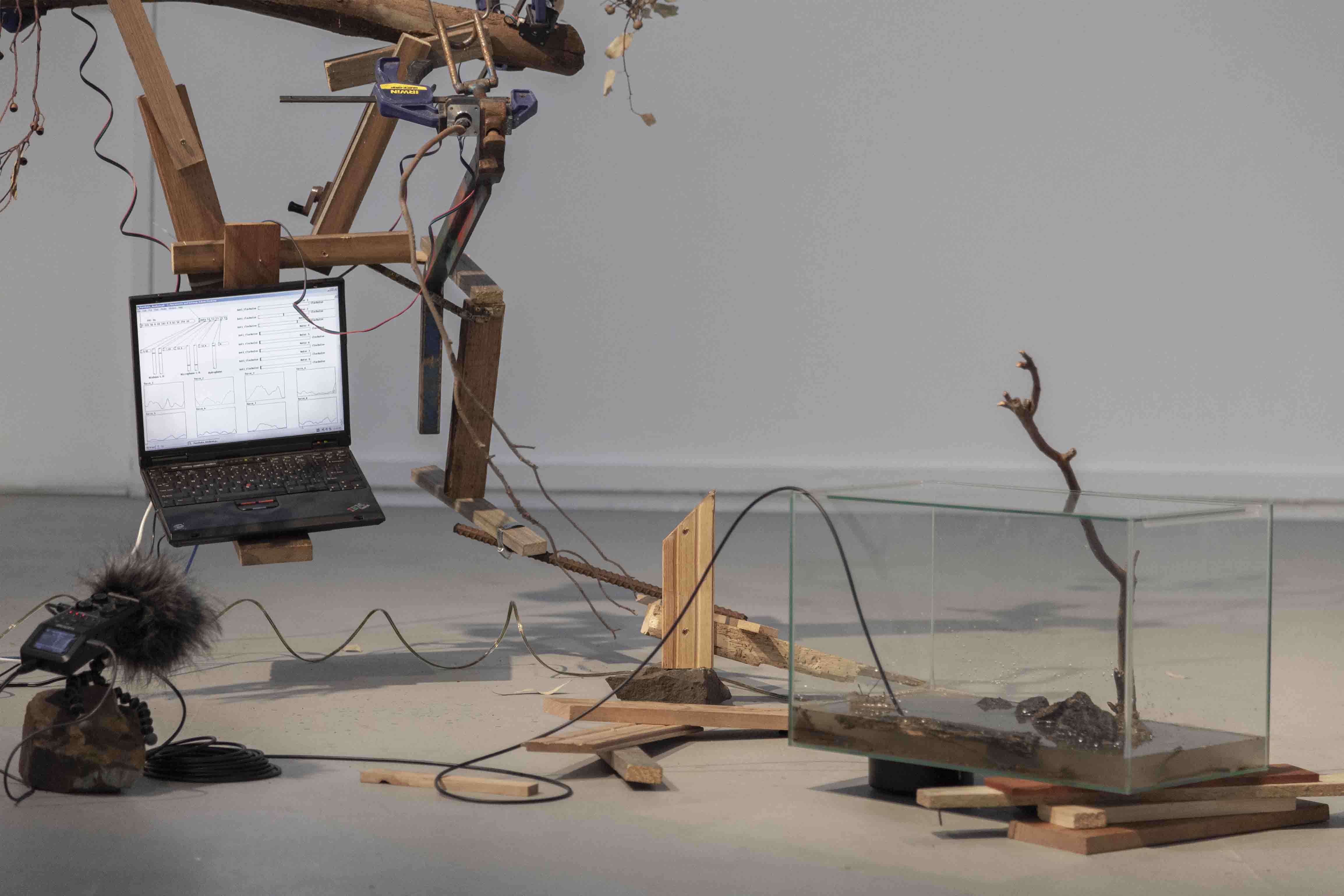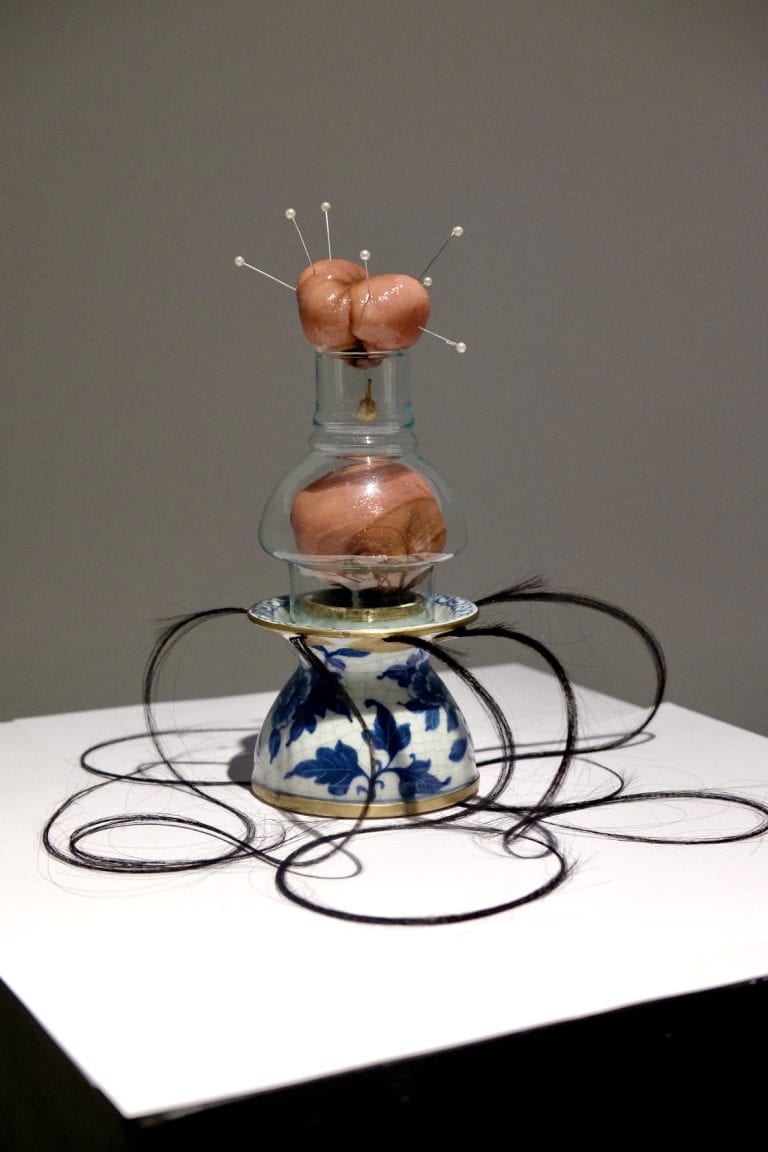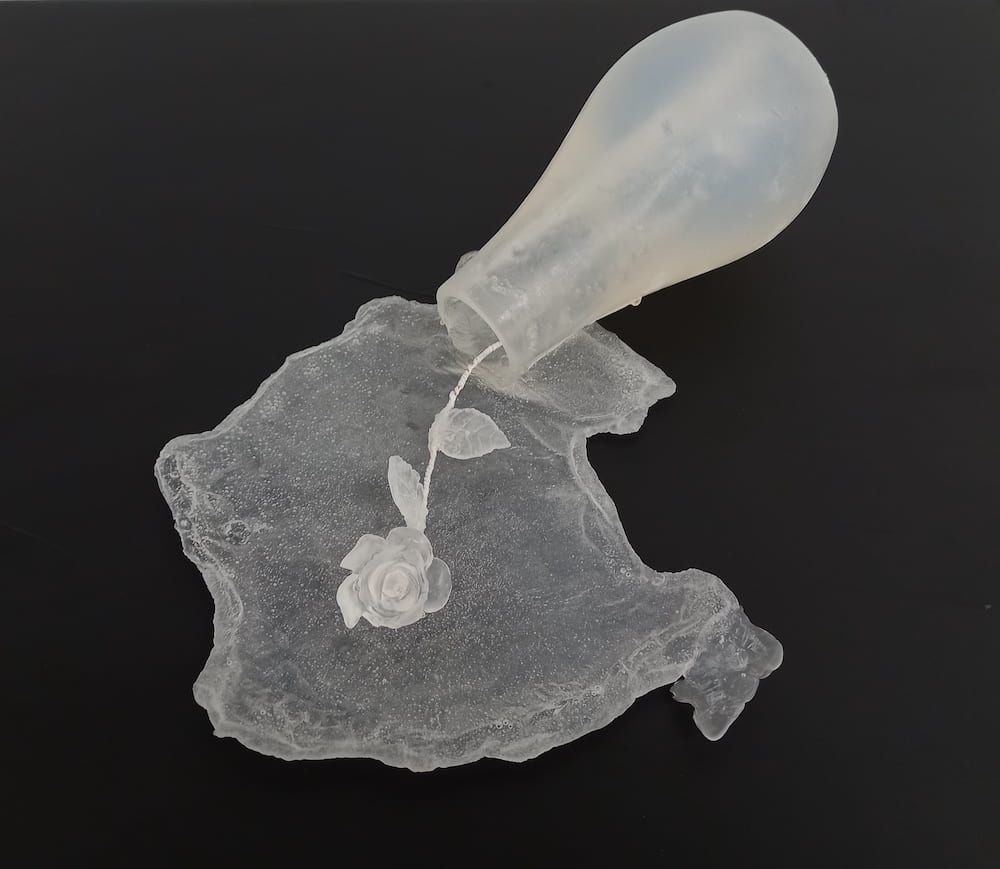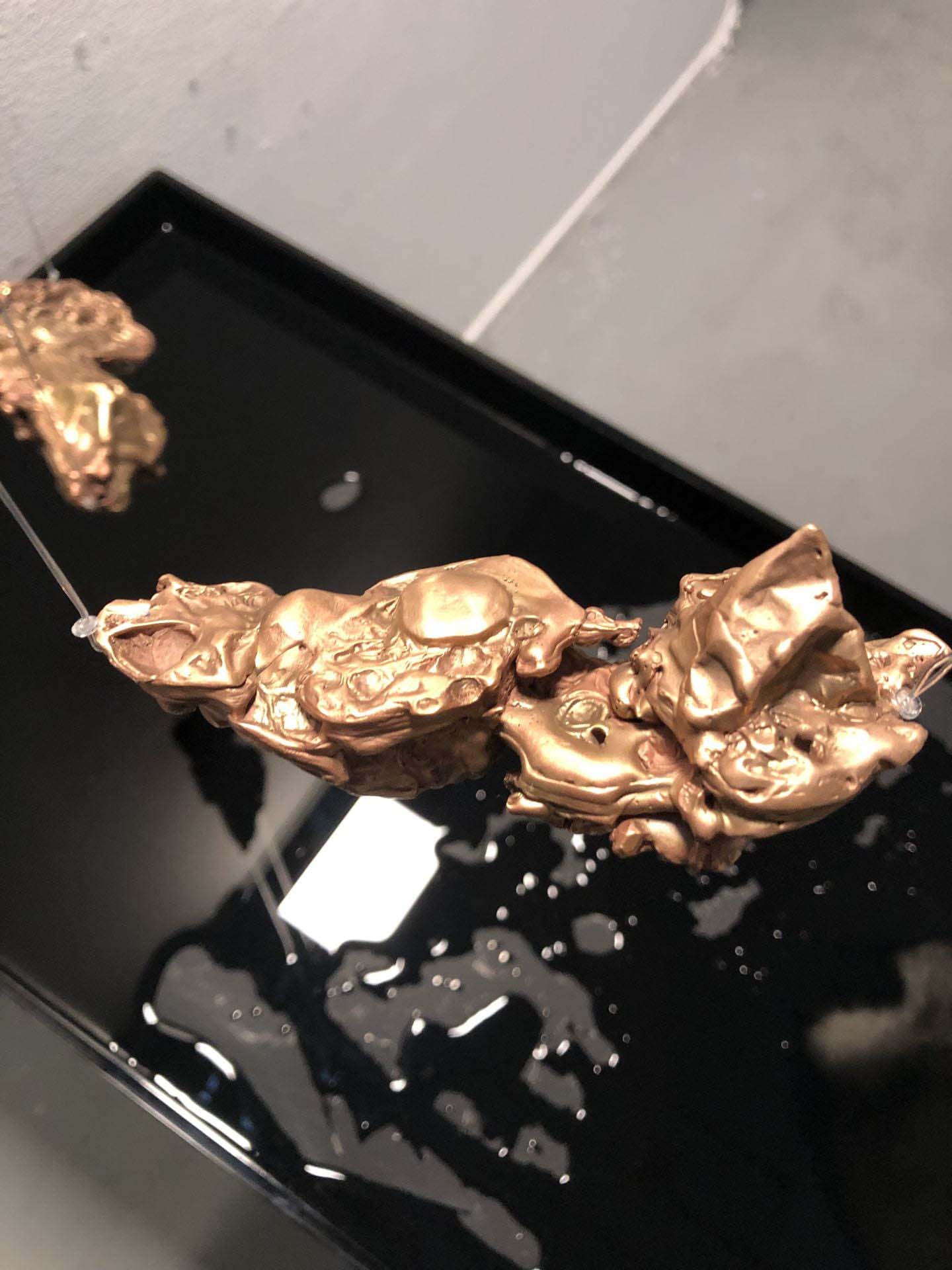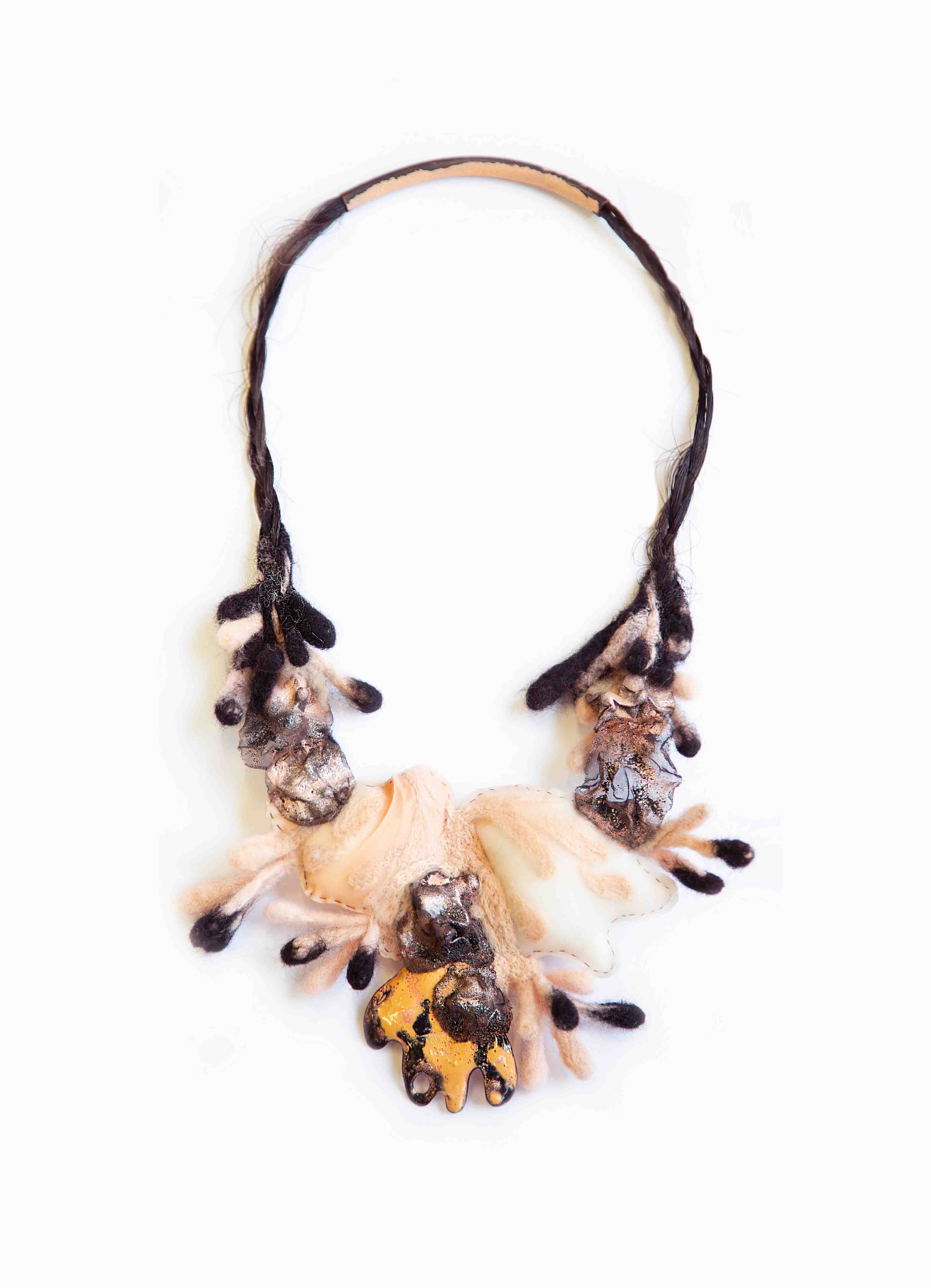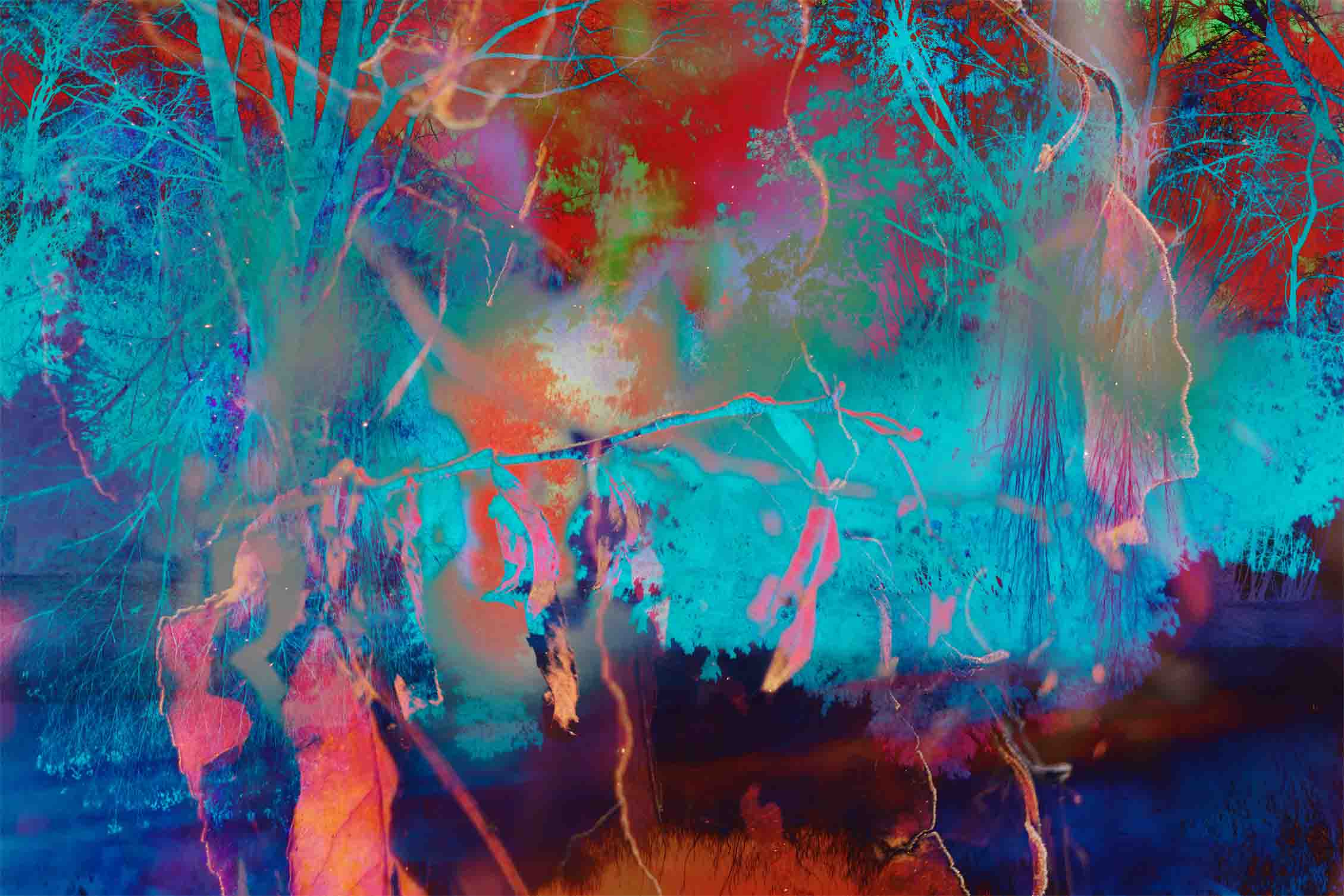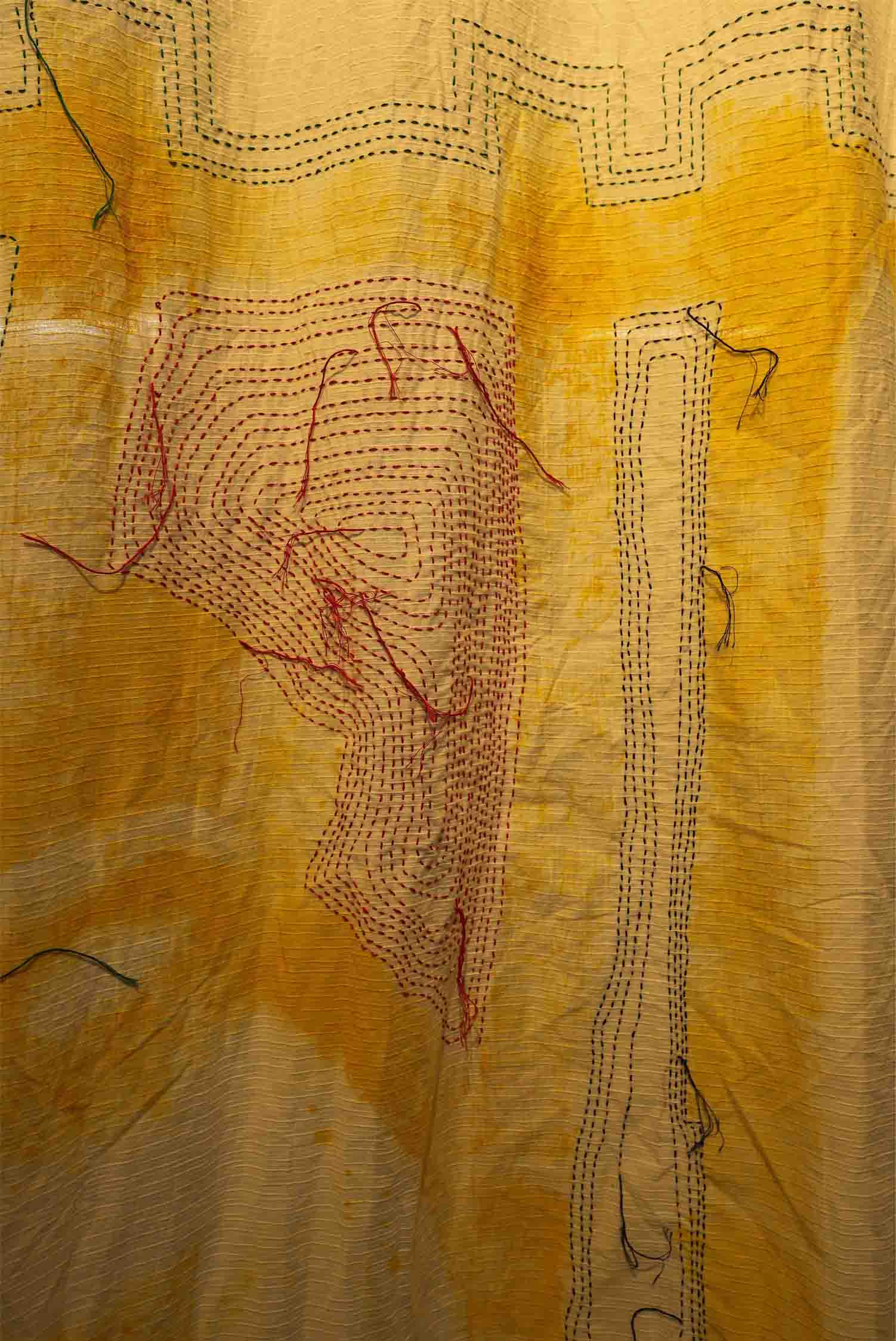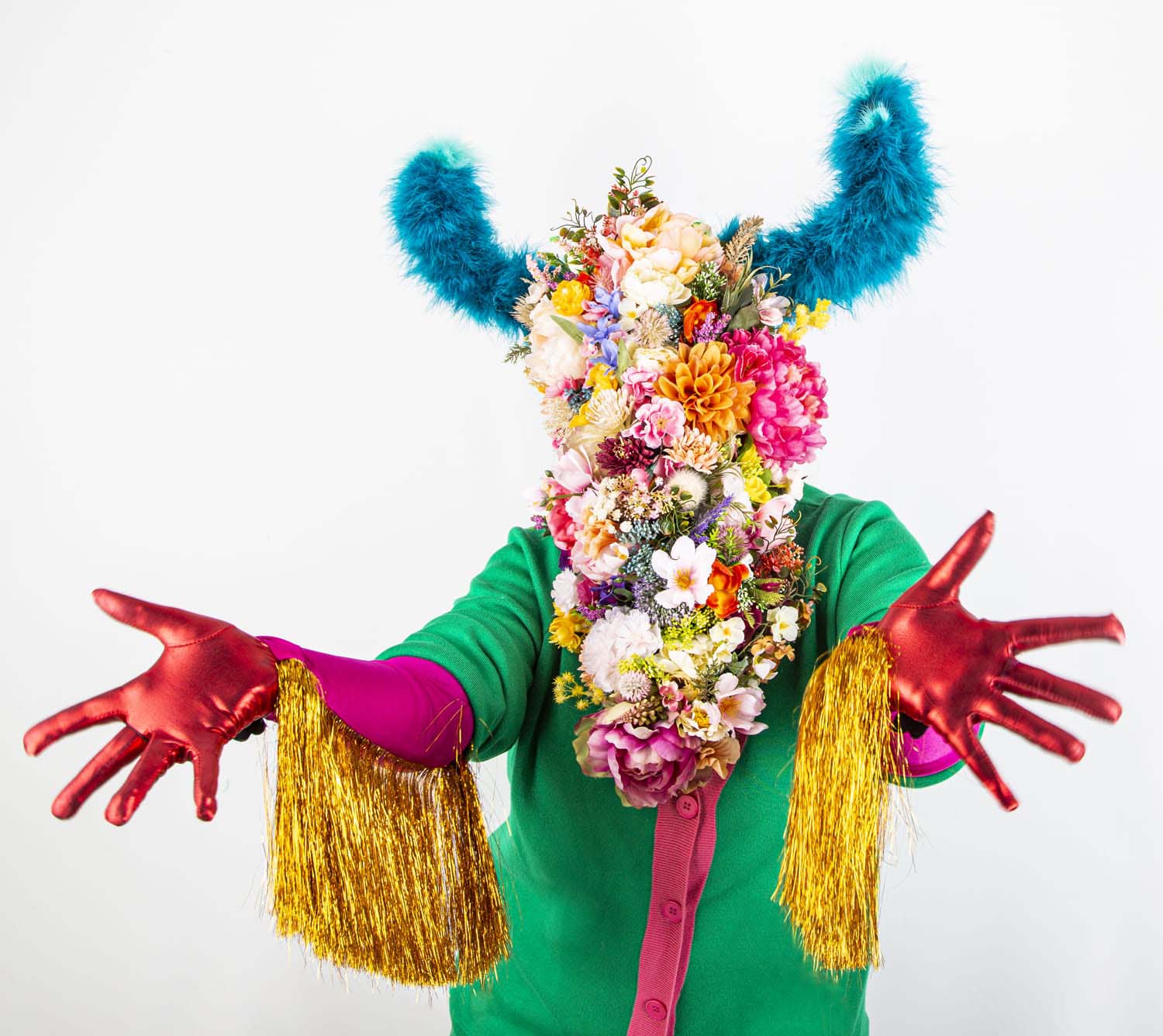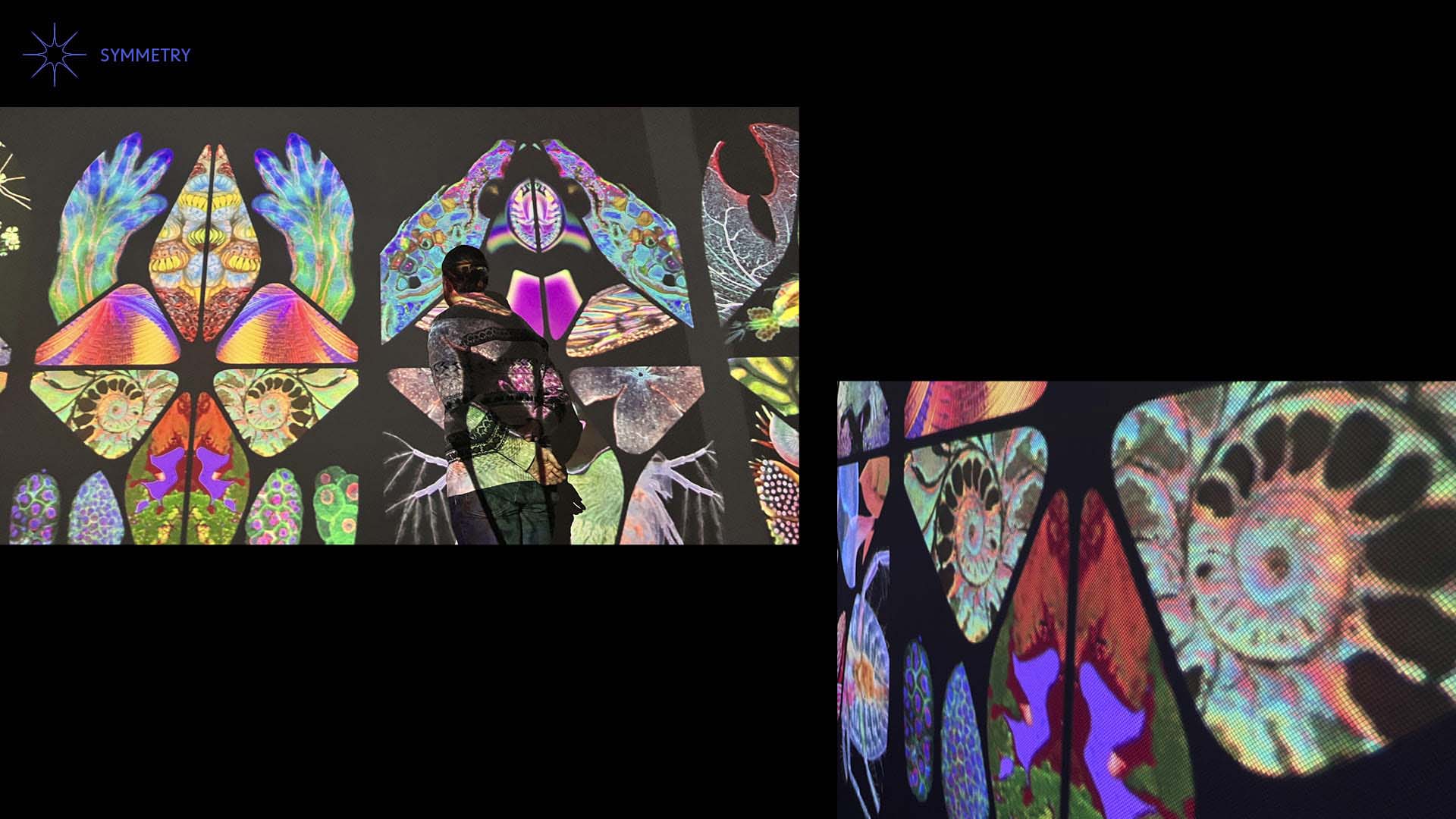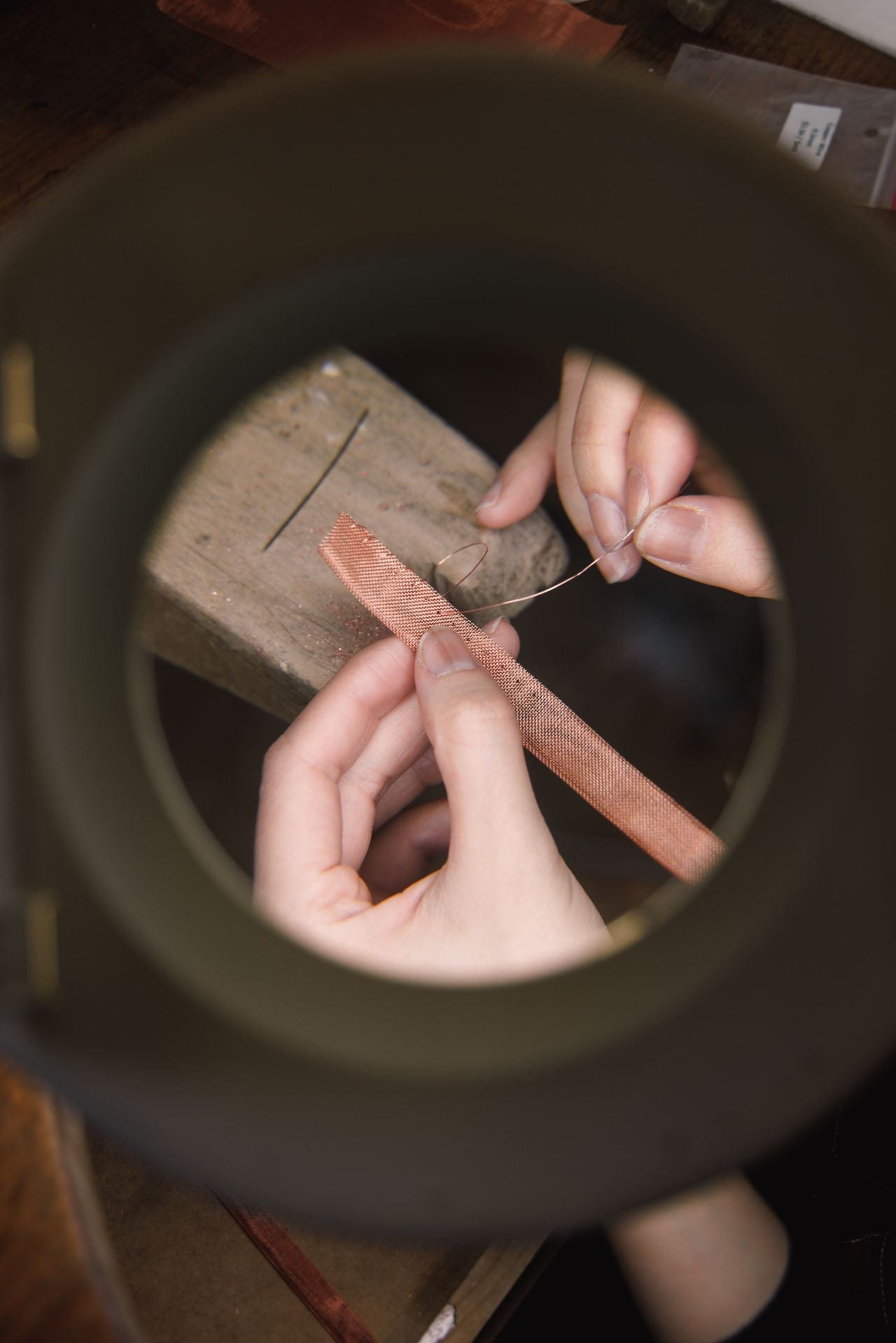RMIT graduates are informed contemporary artists who work across disciplines and media in the arts industries as professional practising artists, exhibiting nationally and internationally.
Balancing the conceptual with the practical, graduates continue to make significant contributions to contemporary art and culture in roles such as:
- Contemporary Artist
- Gold and Silversmith
- Ceramicist
- Art Educator
Many staff, students and graduates have also exhibited at biennales around the world and many have won awards through local and international competitions, positioning RMIT at the forefront of the arts industry.
Progressive and collaborative thinking is in demand across major professional fields, like education, health, and entertainment, and artists are playing important roles in shaping creative endeavour in these areas.
Grants continue to be available through local and federal funding, which allow graduates to establish and progress their careers. Established institutions, including Federation Square, Australian Centre for Contemporary Art (ACCA) and the National Gallery of Victoria (NGV), as well as an increasing number of commercial and artist-run spaces, provide exciting opportunities for graduates.
